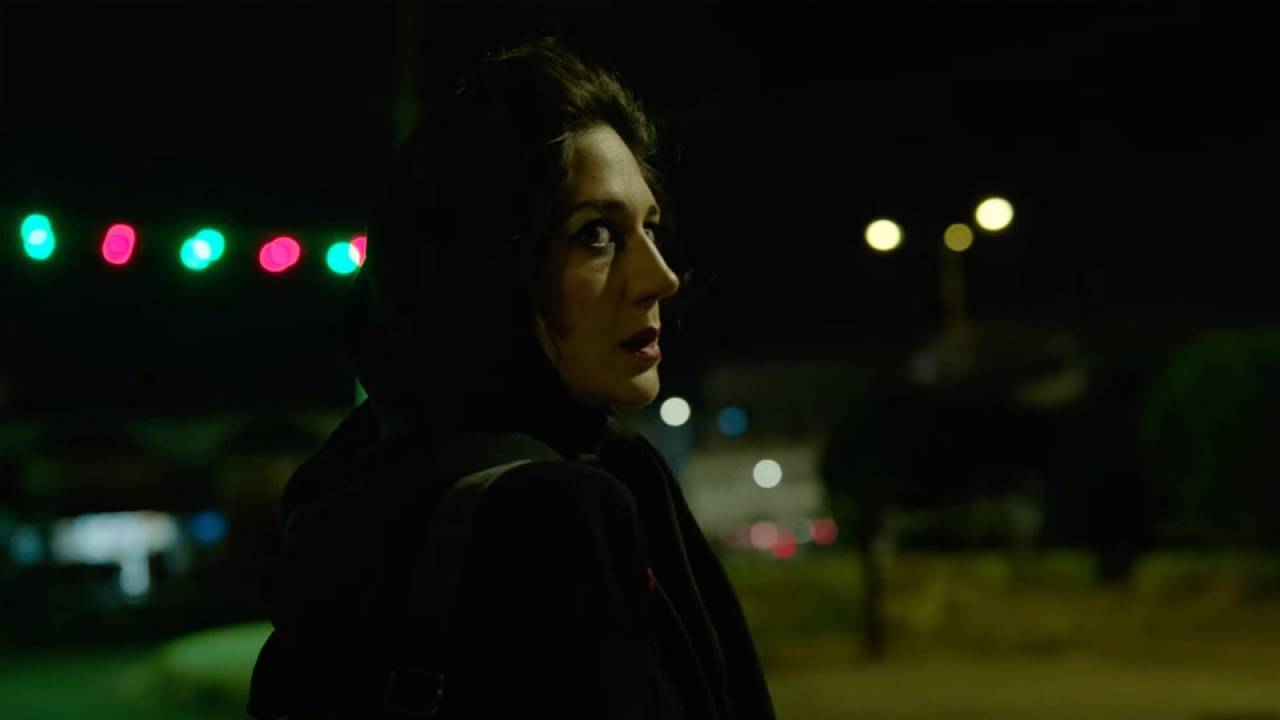A young woman is getting dressed at night. After bundling her hair into a messy bun, she dons a hijab and kisses her sleeping daughter goodnight, whispering a promise to be back before she wakes.
In a public toilet, she adds makeup and exchanges her flat shoes for high heels. She’s preparing for another night of sex work in Iran’s holy city of Mashhad; preparation that also includes visiting an old woman who deals Afghan opium for a hit. When she accepts an offer from a man on a motorcycle, she has no way of knowing her life is about to end at the hands of a killer. This is how we are introduced to Ali Abbasi’s Holy Spider, a world where the night provides the perfect playground for a killer’s thirst.
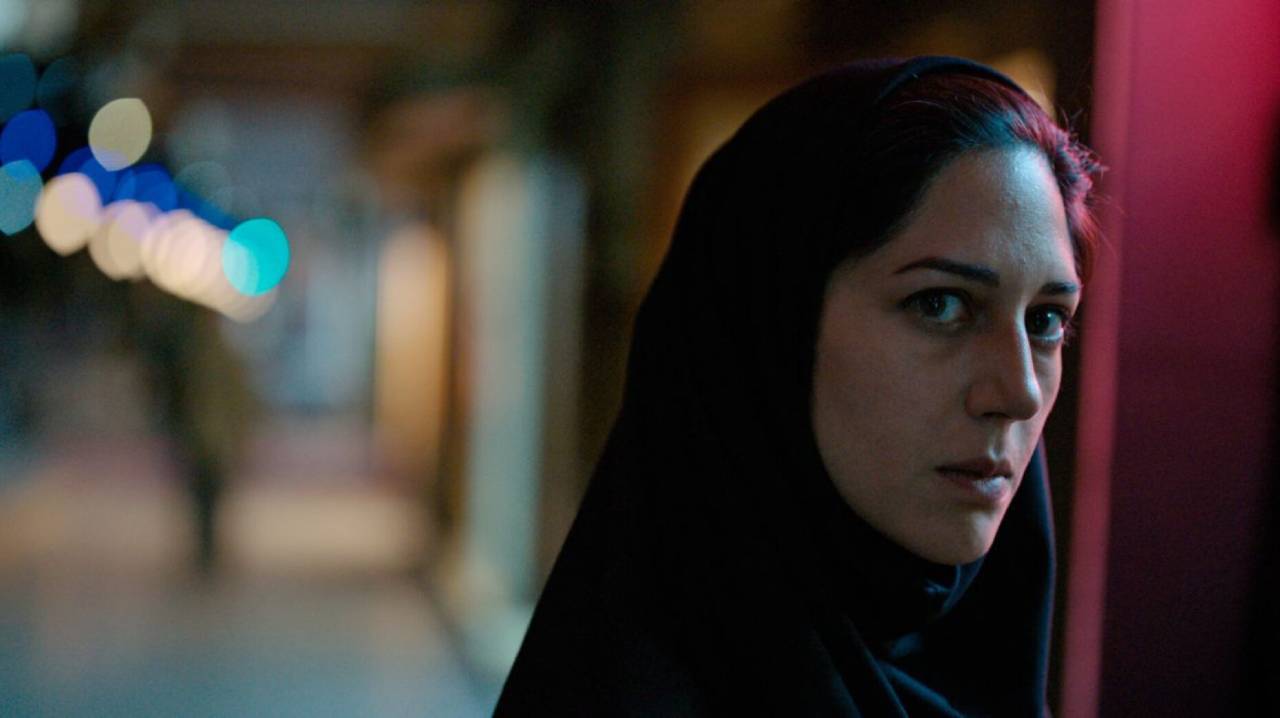
Entering this scenario for a search for truth is Rahimi (Zar Amir Ebrahimi), a journalist whose reputation was marred by being fired by her former editor for spurning his advances. She immediately finds roadblocks when the hotel she’s booked to stay at will not honor her booking due to being unmarried; but will miraculously ‘solve’ the problem when it’s discovered she’s a journalist. It’s not the last roadblock she will encounter. The killer, dubbed the Spider Killer, has made it clear in anonymous phone calls to a local journalist that he is waging a holy war on vice- something that will come to be seen as a sick kind of public service.
The man waging war on the sex workers of Mashhad is Saeed (Mehdi Bajestani), a war veteran who runs a construction company. He is father to two young daughters and a son on the verge of manhood, and is adored by his faithful wife Fatima (Forouzan Jamshidnejad). It’s apparent from a conversation he has with a friend and fellow veteran that he feels his life is being wasted; that he would have preferred to have died a martyr. So, when his wife and children are with family, he is free to kill.
What he didn’t count on was a relentless journalist aiming to ensure his downfall.
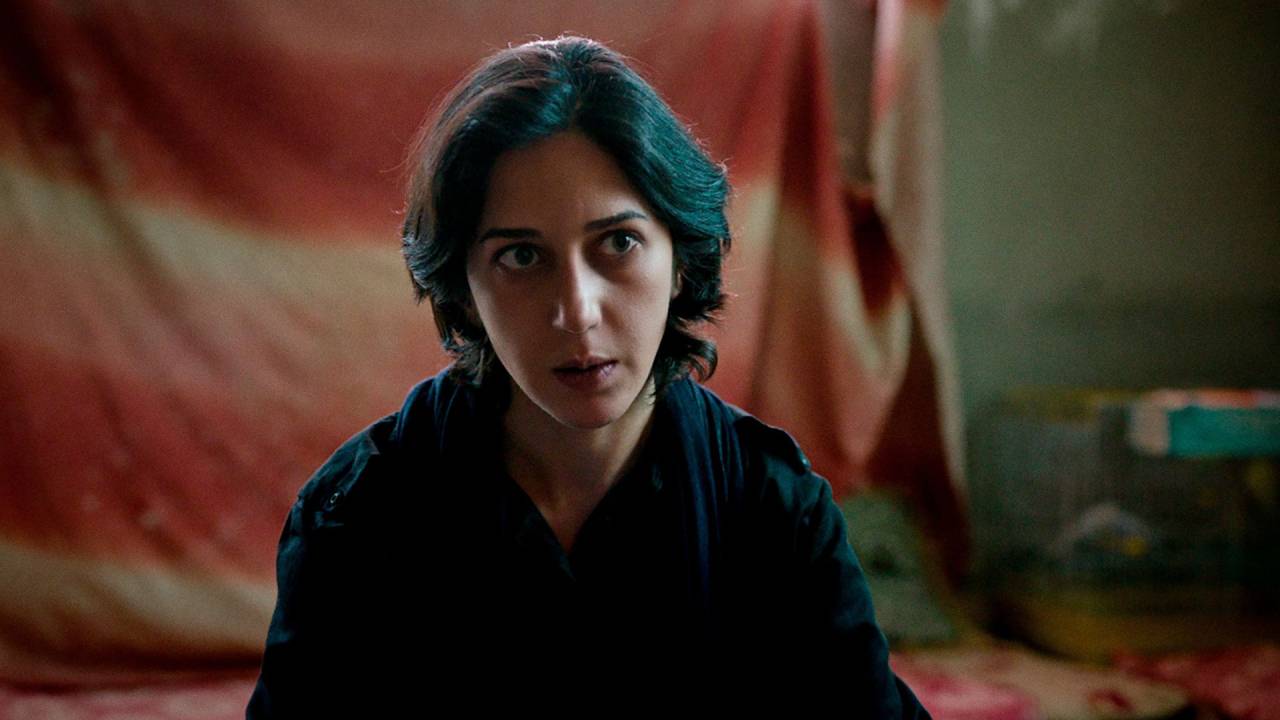
What neither Rahimi or Saeed could envisage is the overwhelming support for Saeed after his capture: citizens coming together to protest his incarceration and claim that he is free, people seeing his actions as a necessary evil. In murdering more than 15 women he may indeed become the martyr he always wanted to become, albeit at the end of a rope.
Astoundingly, the film is based on a true story, that of Saeed Hanaei who lured 16 women to his home (all sex workers and / or drug addicts) and strangled them before being apprehended and hanged for his crimes.
Holy Spider has two very distinct narrative acts: the first is the search for Saeed as the Spider Killer, the second is the aftermath of his arrest. These two distinct acts provide for incredibly rich and detailed character studies. This is not a whodunnit, as we are made acutely aware of who the perpetrator is. But knowing who he is actually allows for more freedom to look at his pathology as a killer. If this were a procedural or a whodunnit, the audience would have to sift through the clues with the protagonist.

Knowing Saeed is the killer at a very early stage means we, as the audience, can question his motives to kill. For instance, we see that he is an incredibly devout Muslim and that he claims to be waging a holy war on vice. He also states later that he gained no pleasure from the killings. However, we can see very clearly that he derives pleasure from the murders when, after murdering a sex worker and rolling her into carpet for disposal, his wife comes home unexpectedly, and they engage in spontaneous sex in the living room.
As he is engaging in intercourse, he looks towards the roll of carpet and sees the sex worker’s foot sticking out. This spurs his efforts on and he climaxes soon after. It’s common for serial killers to target sex workers or those who are vulnerably housed due to them being less likely to be reported to police, so were his claims of ‘cleaning the streets of vice’ a clever justification in a holy city in order to be looked upon more favourably?
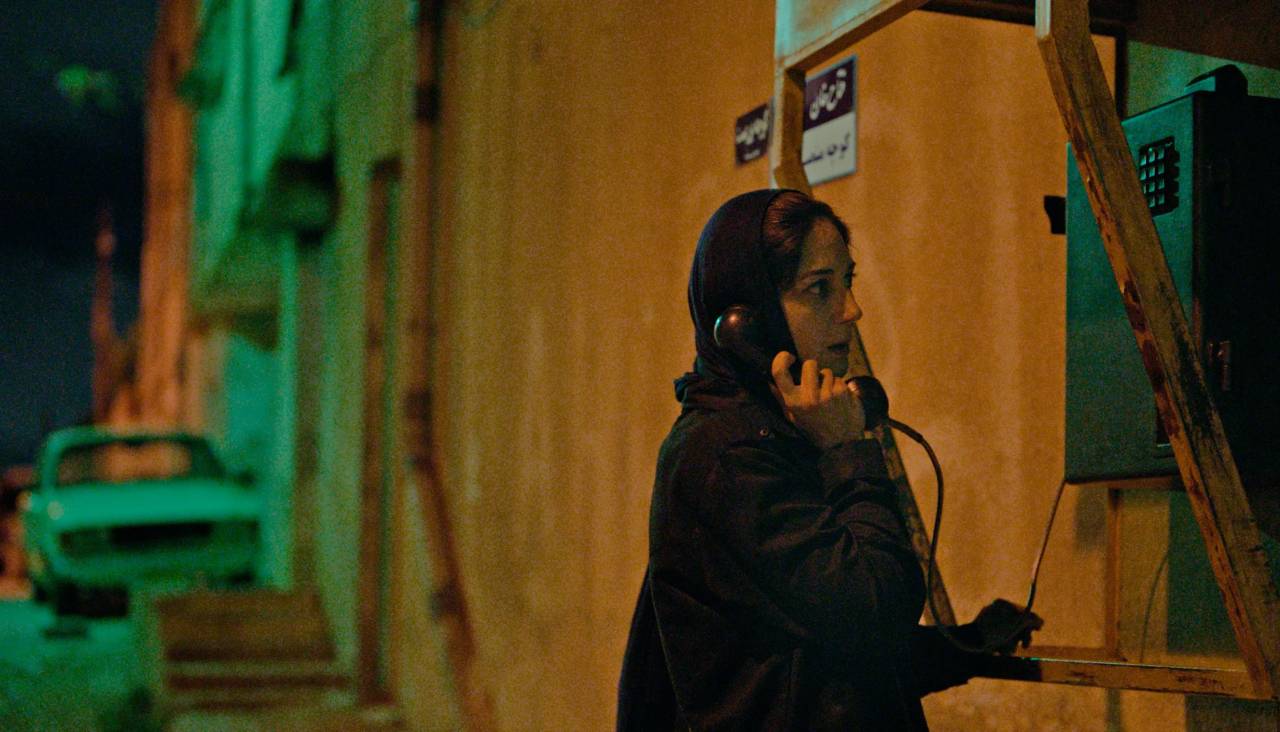
In contrast, Rahimi is Saeed’s worst nightmare, not just because she is effectively on his tail (and will be his downfall). She is not meek by any standards, actively advocating for herself when the hotel refuses to honour her booking and chides the clerk for admonishing her hair peeking out from her hijab. Beneath her hijab her hair is short, she smokes cigarettes and even when she does don a chador in public (the long garment commonly worn in public by women), she still wears jeans beneath it.
She won’t tolerate anyone entertaining the false idea that she was fired from her last job due to having an affair with her editor, and she is pointed towards the police and their failure to capture the Spider Killer. She also genuinely cares about the plight of the sex workers in the area- she’s not just there to get the story. When a sex worker she had previously spoken to turns up dead, she has a visceral response to the discovery of the woman’s body. It’s also worth noting that Saeed just so happens to be at that crime scene at the time. While Rahimi does face some adversity, she’s never seen as a victim. There are things that have happened to her, but they are not the entirety of who she is. We never get the sense of victimhood from her at any point during the film, even during the event that will lead to Saeed’s capture.
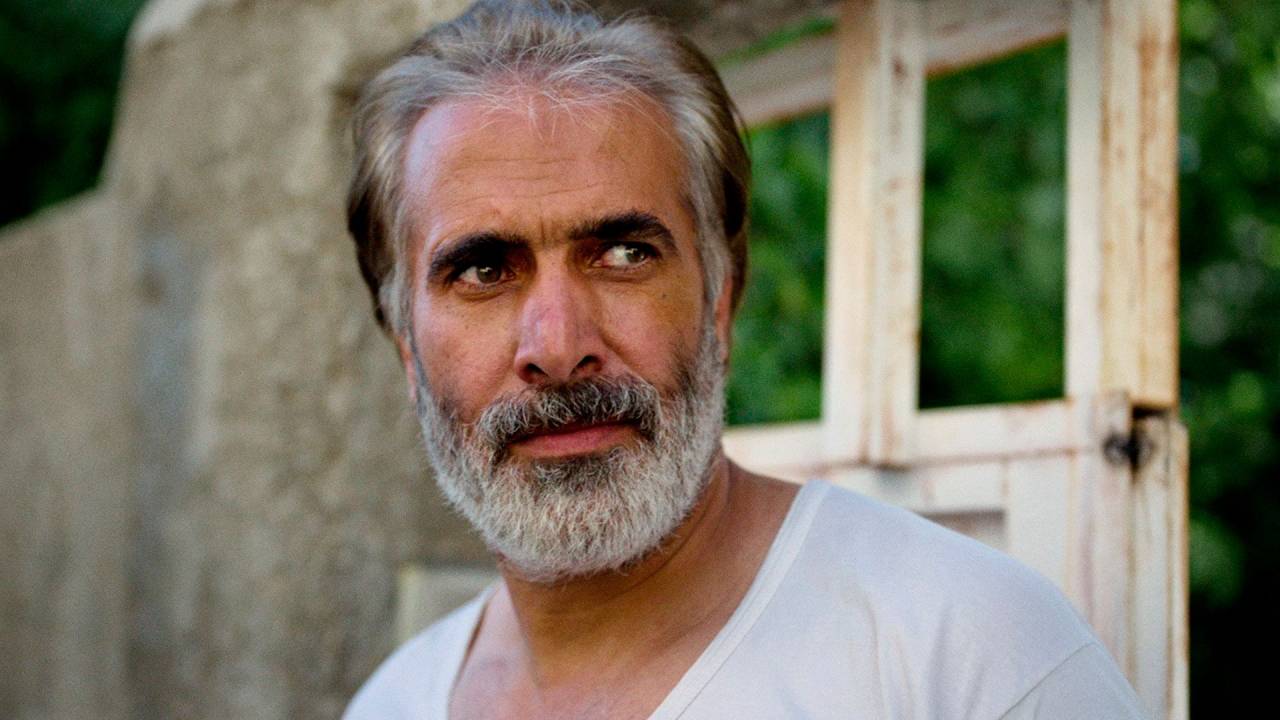
Adding to the rich character studies contained in the film is the intimate cinematography. There is a plethora of tight shots that focus on characters. For instance, there is the intriguing contrast between tight shots of Saeed travelling with his fellow veteran and friend in a car, discussing his frustration with his life and the wide shots of him travelling with sex workers (both alive and deceased) on his bike. The one convention gives a sense of frustration and constraint, the other gives a sense of freedom and moral abandon. Color and lighting are also key here. Daytime scenes or scenes with family are draped in muted tones and in fairly consistent light. This contrasts with Saeed’s nighttime playground: the deep darkness of night reveals the jewel tones of traffic lights in green and red and other festive lighting; the entire city lit up like a magnificent diamond. There’s also an intriguing and effective lighting contrast that happens in Saeed’s family home at night, which almost acts like a sort of split screen effect: the living room is lit in scarlet, the staging area for his depravity, whereas the bathroom is a cool blue.
The film also boasts an incredibly chilling ending, one which leaves the audience to wonder about the nature of humanity, zealotry, and the legacy a person’s action leaves behind. Not only is it disturbing without being visibly violent, it’s something that will provoke discussion long after the credits have ended.
Holy Spider is triumphant in its ability to use a previously documented true crime and translate it into a rich, chilling study of the nature of depravity.


